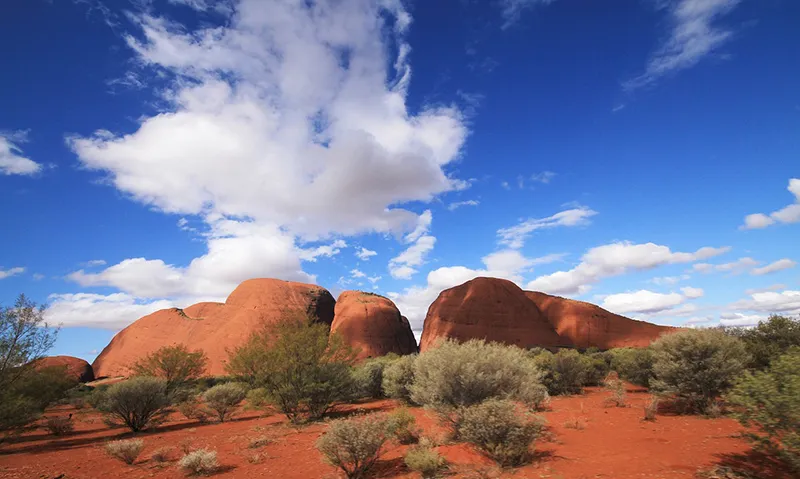
Australia, a distant continent, the southernmost country of our planet, earth emu, marsupial mammals, Aboriginal homeland, the promised land of European immigrants, in many ways is unique. This is the only country in the world whose territory occupies an entire continent, a country of unique culture, pristine nature and habitat of many species that are on other continents have long since disappeared.
At the heart of this "country at the end of the world", in the southern part of its country Northern Territory, is located in Uluru - Kata Tjuta, one of the two most famous and largest national parks in this country. Uluru is a unique tourist attraction in Australia that attracts huge attention of curious people from all over the world.
A single for Australians, this national park is the biggest pride. Otherwise, the park is owned and managed by indigenous peoples Anangu, indigenous people who live here more than 30,000 years. Uluru is the most famous Biosphere Reserve in Australia. However, for local residents this area is important not only because of its natural beauty, but also as a zone in which there is the home of many deities.
Uluru is actually a hill created under the influence of tectonic movements 500 million years ago. Blowing Sand is formed rounded, elephantine mass that rises abruptly from the plain. The largest part of this rock is buried in the sand, from which emerges its only visible part - the flattened top of the 348 m high. At the bottom of its range is 10 km.

Aborigines call this rock Uluru, while in the world better known as Ayers Rock. Aboriginal this ancient red rock has always been sacred and mystical place, but today it is a kind of a national symbol.
As the sun moves across the sky, so to Uluru glows in different hues. At dawn glows orange glow in the early morning shadows of the color in darker shades, noon gets the color of amber. However, this rocky hill is the most impressive in the twilight, when converted into the mass spectacular looks like hot coals.

Until the seventies of the 19th century Ayers rock was not known to Europeans, and then he discovered two researchers who were given a rock named after the then Prime Minister South Australia. Today this place is visited by a million tourists a year. The biggest adventure of them climbing up the rock, which takes about 2 hours. However, Aborigines do not climb because it is a holy place for them, but it does not advise tourists. Most visitors, of course, can not resist the temptation and deaf ear to the warnings and pleas Aborigines.
Not far from there is the Aboriginal settlement in which you must pop every traveler. Here the situation hosts showed their guests homemade crafts and games, tell them about local customs and served them tradicionalinim dishes.